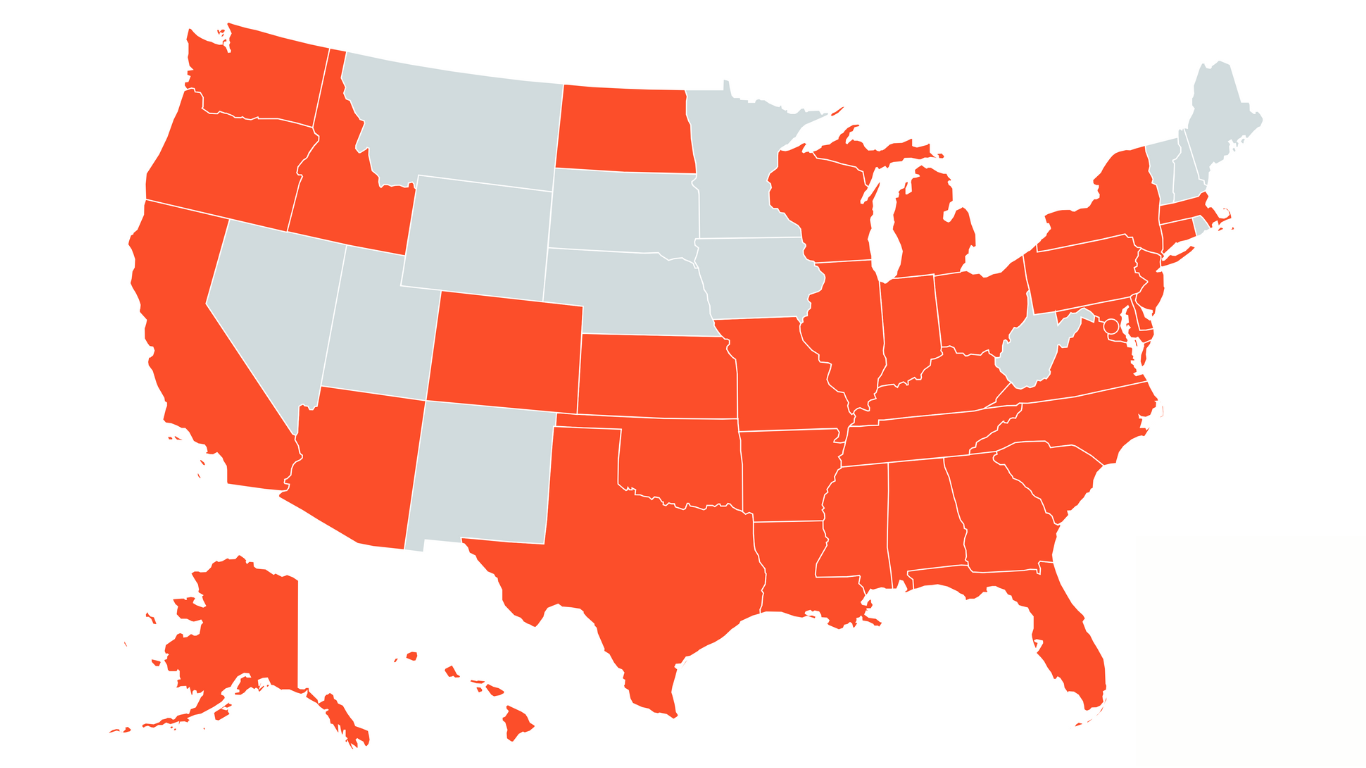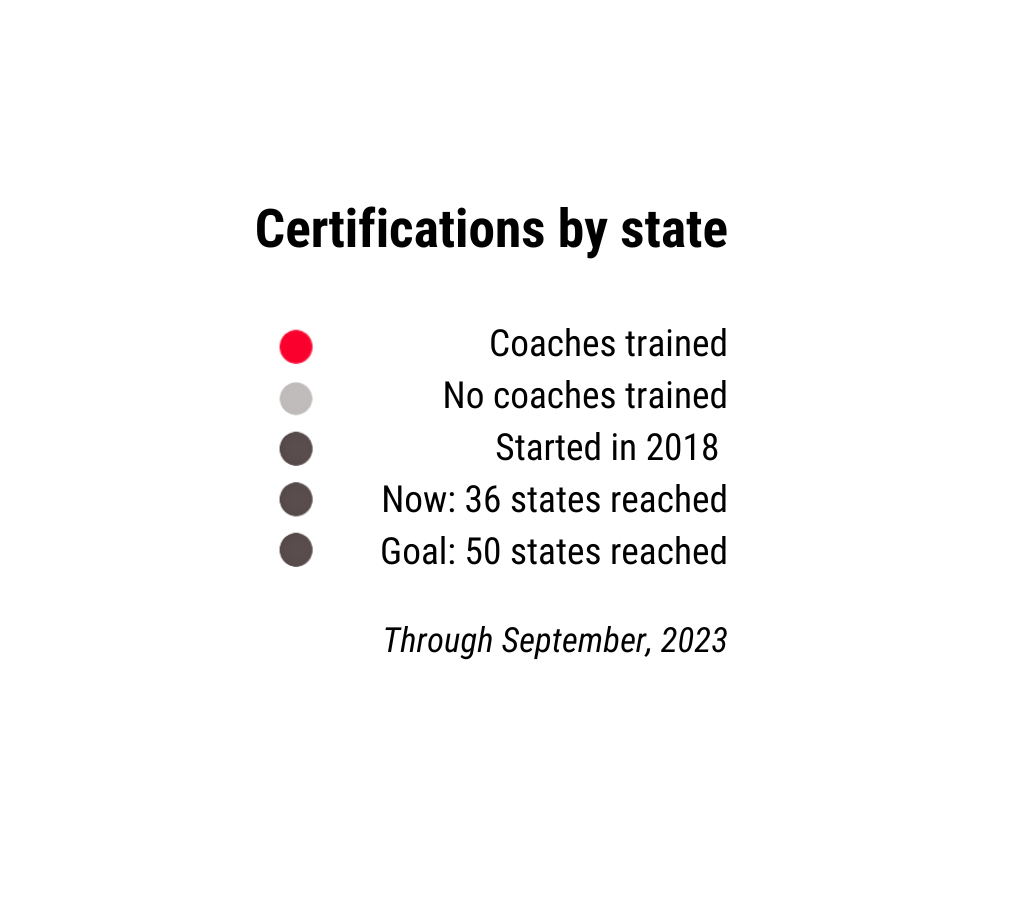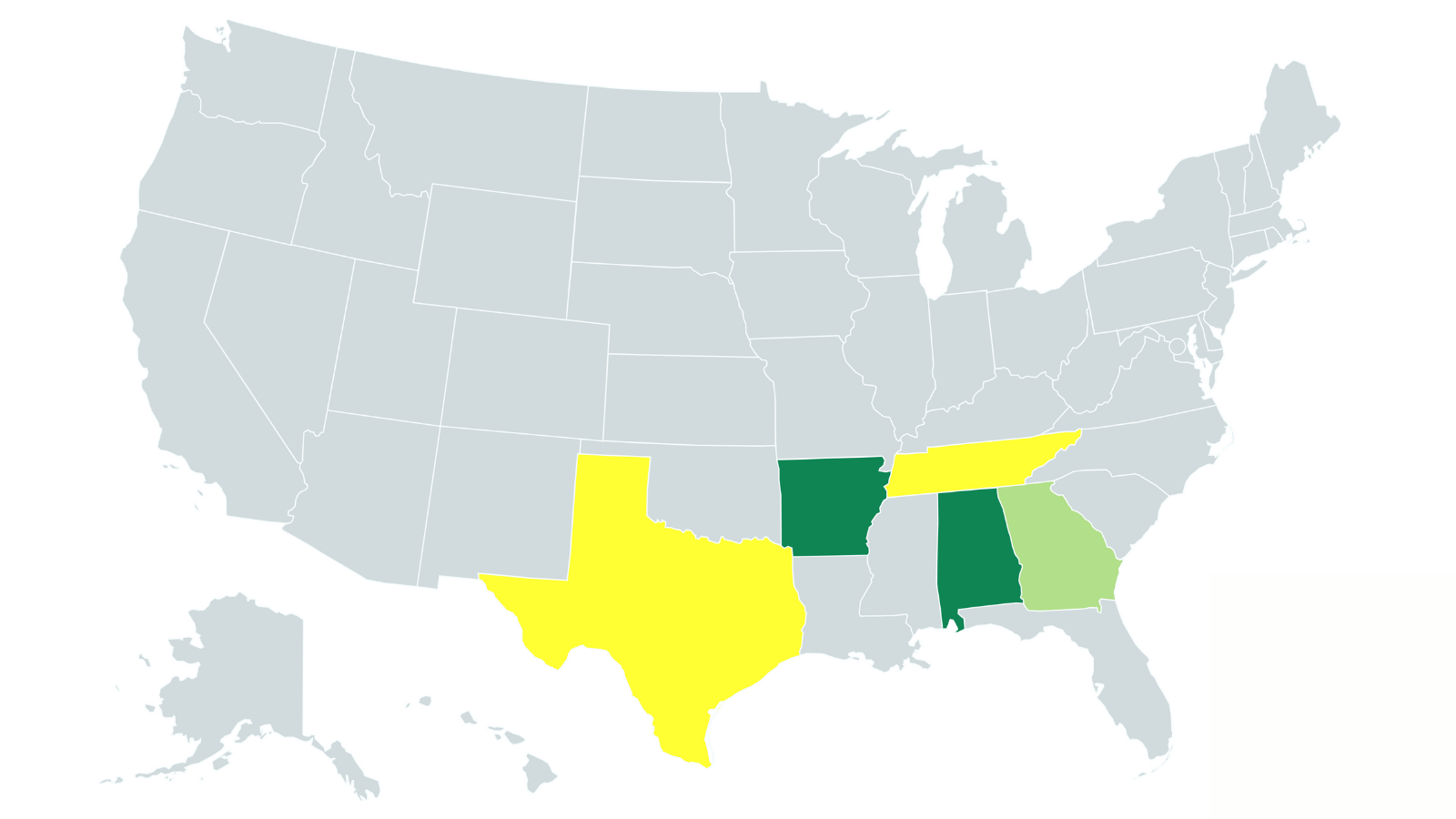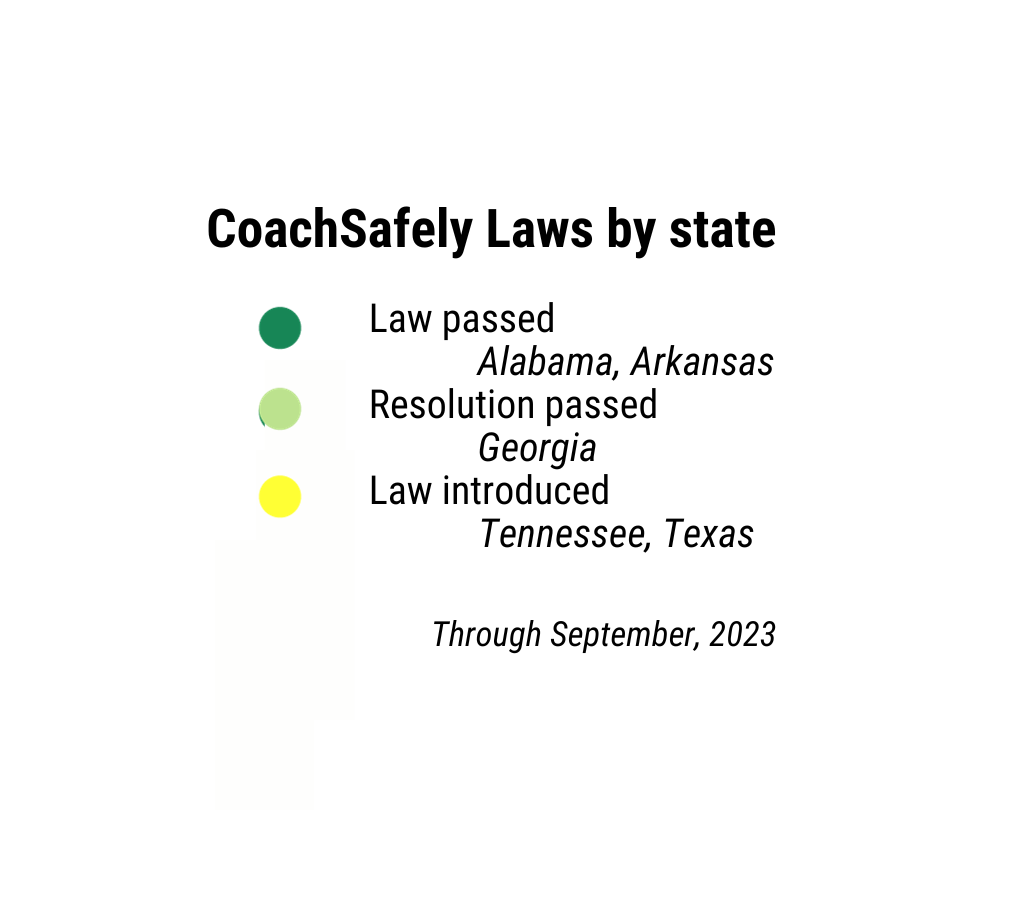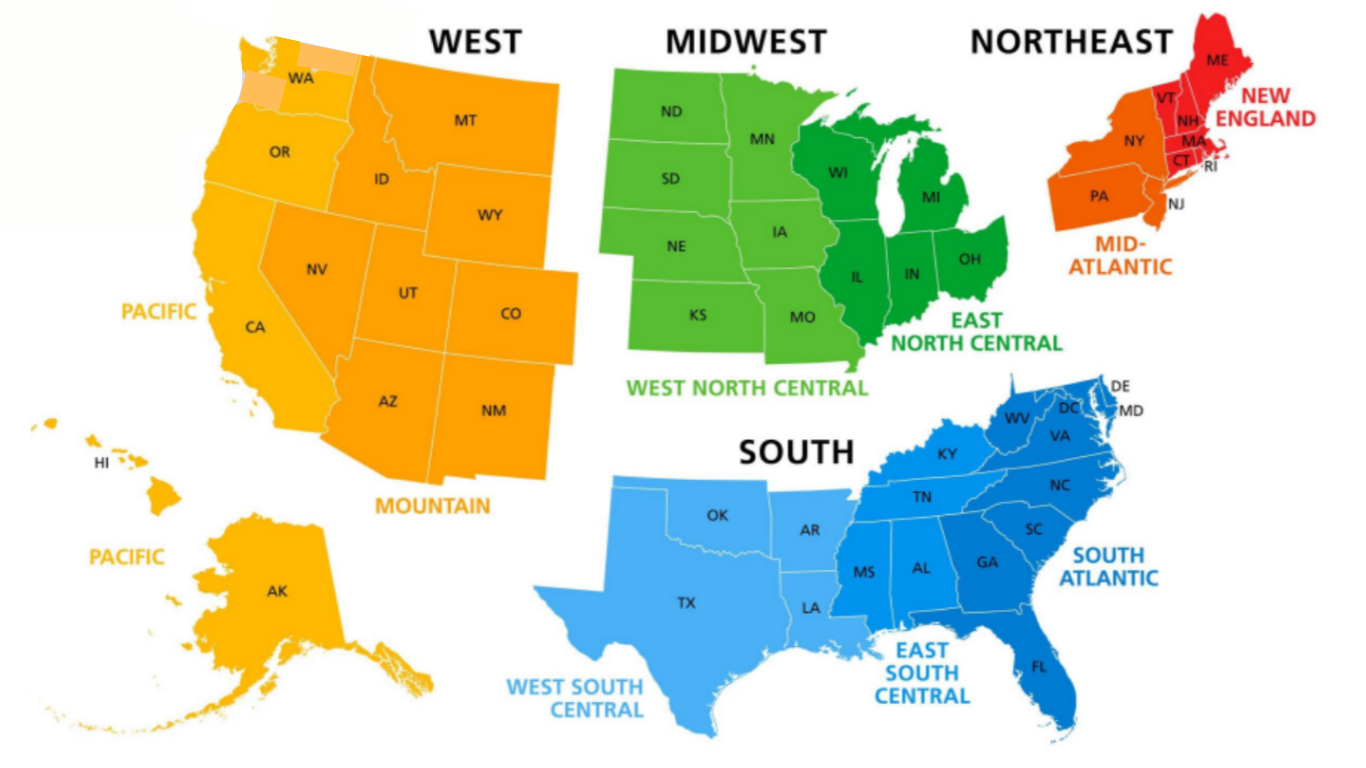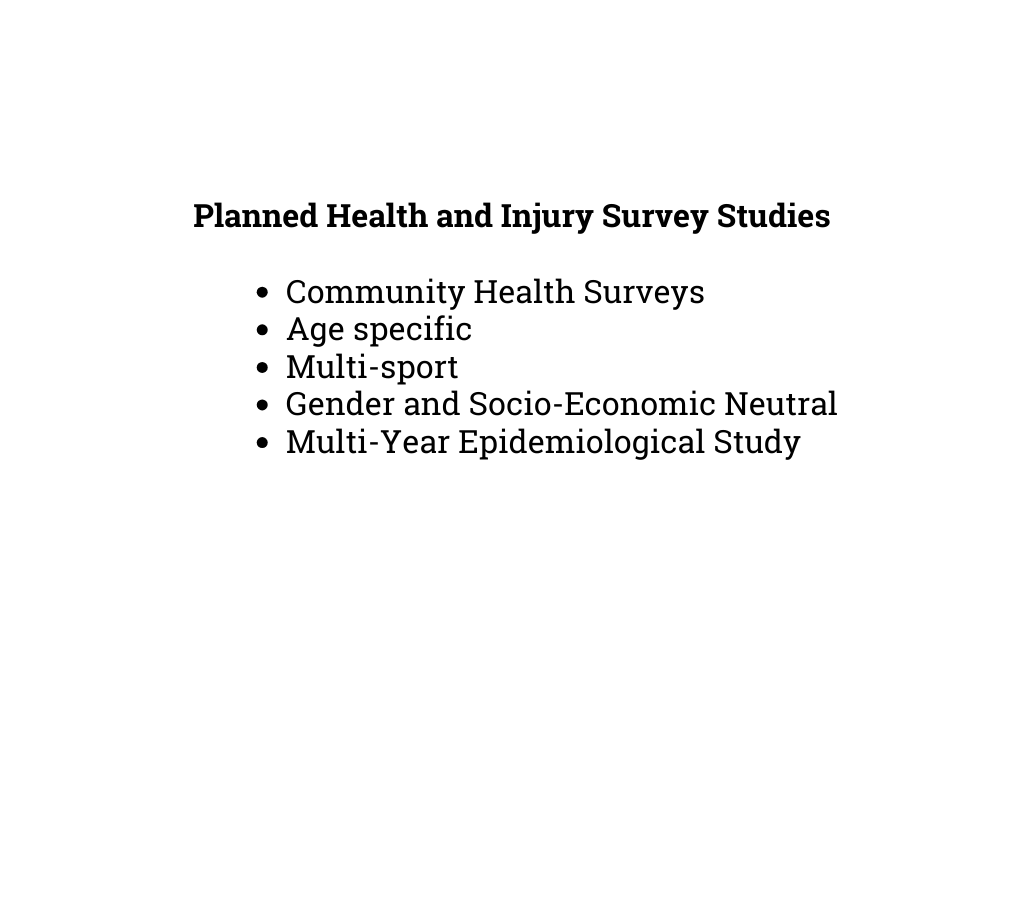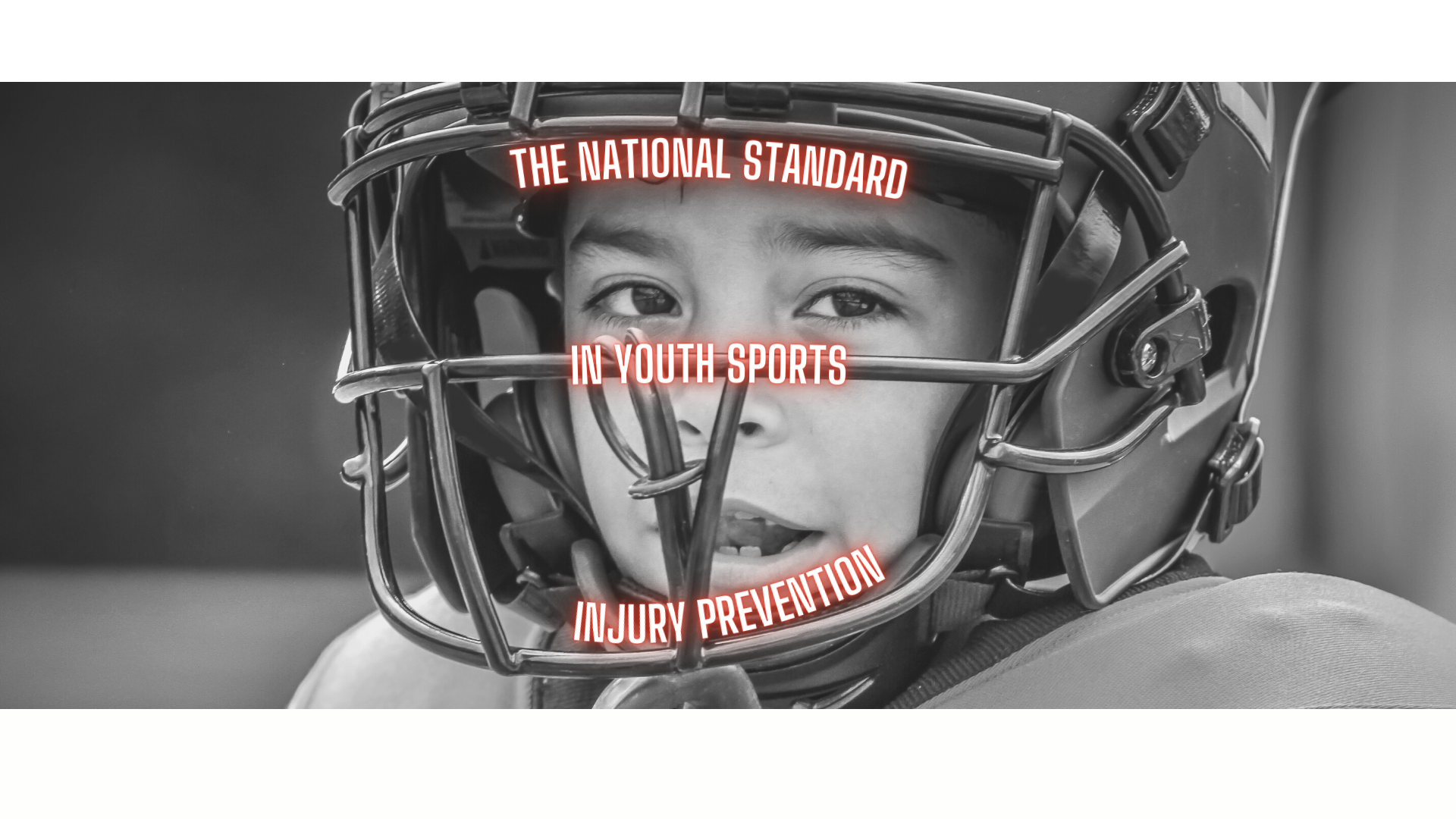

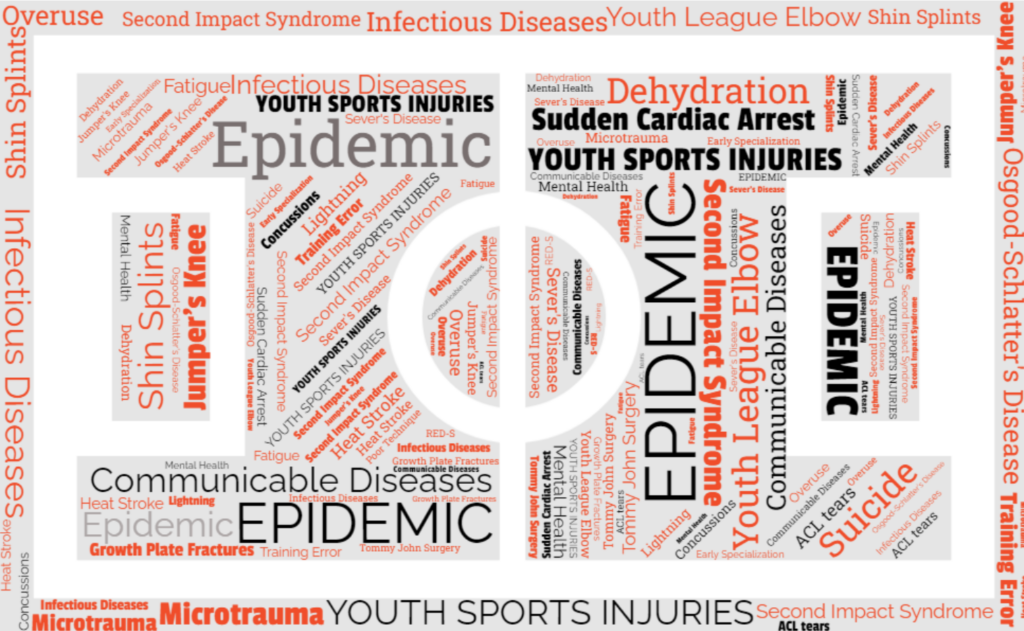
The Centers for Disease Control (CDC) has labeled youth sports injuries a PUBLIC HEALTH EPIDEMIC.
The CDC says more than half of youth sports injuries are PREVENTABLE with proper resources and training.
Few of the 400,000 youth sports organizations in the United States have an INJURY PREVENTION STRATEGY.
Youth sports injuries cause a decline in participation, lost school days and OUT OF POCKET MEDICAL COSTS.
Youth sports organizations face the risk of LEGAL LIABILITY if they neglect injury prevention strategies.

Play Safely Sports
Play Safely Sports is the technology company that delivers the comprehensive, evidence-based, peer-reviewed, state-of-the-art injury prevention course to youth sports coaches and organizations.
National Council of Youth Sports
NCYS connects youth sports decision-makers, advocates and influencers through a diverse membership that includes national governing bodies and local youth sports organizations,
Our National Strategy
NCYS and CoachSafely are collaborating with the Pediatric Research in Sports Medicine Society (PRiSM) of multidisciplinary international contributors to develop and maintain evidenced based best practices in youth sports injury prevention.

